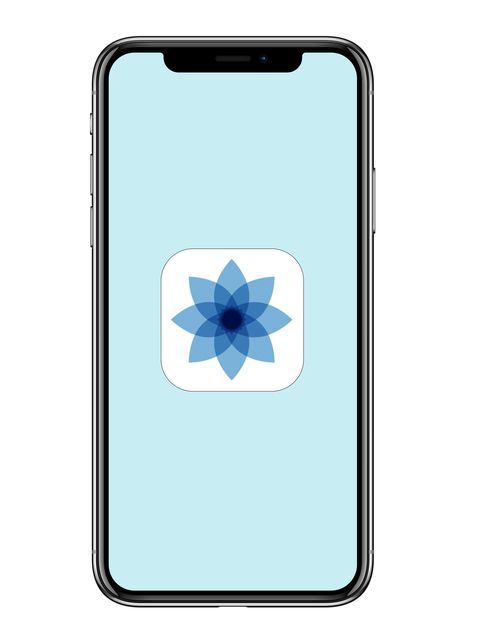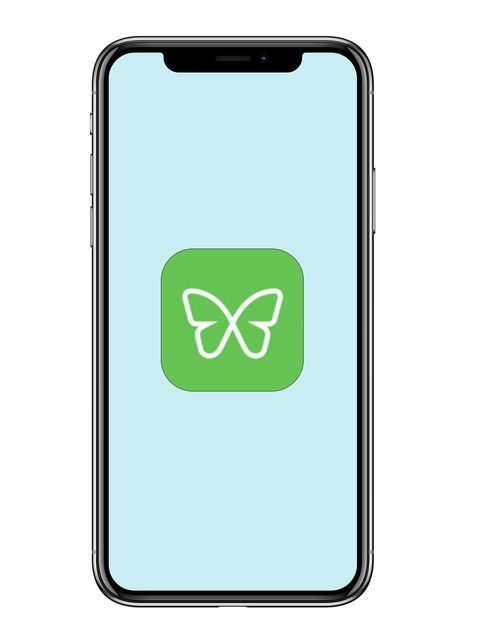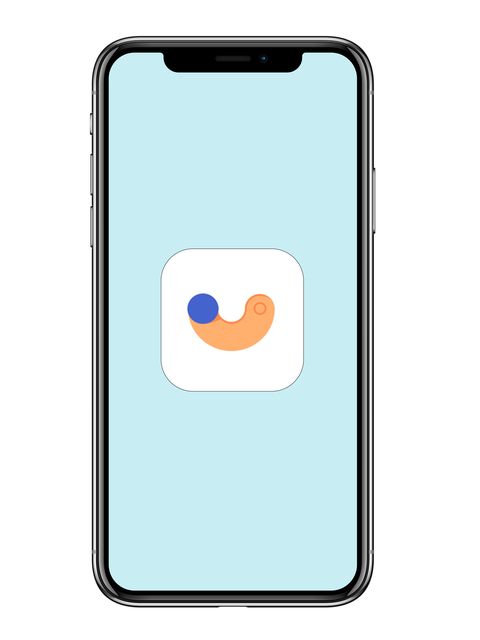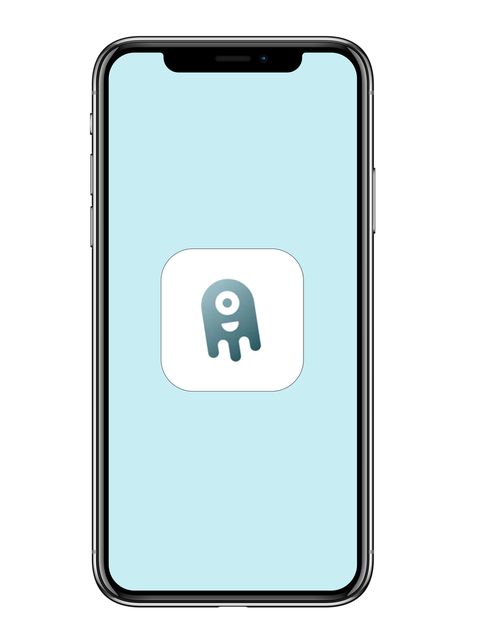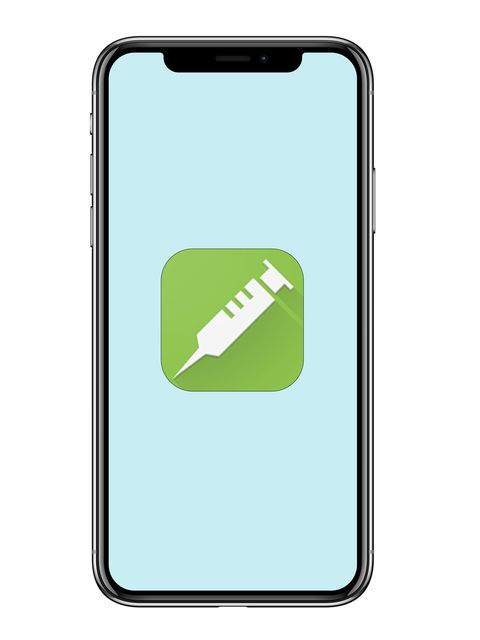How many times have you been lulled to sleep by neon blue hues of your phone’s screen as you continue to skim headlines while in bed? The answer for nearly all is zero; yet we’re collectively still reaching for gadgets as soon as our head hits the pillow. It’s a phenomena that we now know as “doomscrolling”, a term that has gained popularity during the pandemic, election season, and ongoing social discourse on race and equality. Whether you’re more likely to doomscroll at night or during the day, the impact on your brain can be immediate, and may be much more of a thorn in your mental wellbeing over time, according to experts.
The pull to scroll is a psychological phenomenon — like not being able to turn away from a train wreck, says Judy Ho, Ph.D., a California-based clinical neuropsychologist specializing in forensics and professor within Pepperdine University’s Graduate School of Education and Psychology. “It’s a way for your brain to try to maintain control in a very uncontrollable situation in our world,” she adds. “When you feel out of control, the weird thing is, actually, you’re going to want to read more bad news. It’s like a way for you to basically say, well, ‘At least I knew about it in advance.’ It somehow makes you feel like you are in control… even though we know it’s not going to be anything good, and we always tend to feel horrible afterwards.”
Scientists have long established a link between excessive social media use and depression and loneliness (especially during the pandemic), and Dr. Ho explains that “doomscrolling” can compound that effect by increasing our brain’s cortisol levels within minutes of picking up our phones. “Elevated cortisol caused by stress or a ‘flight or fight’ response isn’t something that just lasts over a few minutes; when someone’s cortisol peaks, it’s a phenomenon that goes on for the entire day where they feel unhappy or tired.”
In the long run, you shouldn’t be surprised to hear that scrolling feeds endlessly can also impact your sleep and energy levels. Exhaustion is a direct byproduct of a scrolling habit because you may turn to questionable practices to deal with all the extra fear, leading to what Dr. Ho calls a “crazy negative cycle.” Maybe it’s more “doomscrolling” overall, failing to meet responsibilities during your day because you’re avoiding them, consuming unhealthy food or too much alcohol, or simply becoming more isolated than before. And if you’re scrolling before bed, the cortisol may impact how you fall asleep, whether you stay asleep, or if you have nightmares; all of which can also impact your mood and stress the next day.
Dr. Ho says that you can train yourself to limit access to feeds and social media by scheduling only 25 minutes of time up against another commitment (“Do it at 9:35 if you start work at 10”) that you can’t miss. But you might need a bit more accountability than that — which is why we’re turning to (surprise!) tech to help us all through.
These free apps can be installed on your phone (and in some cases, as a web extension) to either forcefully block access to social media sites, or provide un-ignorable notifications that it’s time to put the phone down. If you’re finding yourself “doomscrolling” on a frequent basis, these apps can help break the habit before the new year arrives.
1Moment
Here’s the thing we love about Moment: You can schedule daily limits on each of the apps on your iPhone, and when time’s up, the app will trigger a ton of push notifications that make it basically impossible to continue scrolling. We also love that you can sync the app on your phone with others in your family, making it easier to curtail a teen’s usage to maybe preserve their own mental peace, too. Plus, a screen management feature allows you to track how much time you spend on each distinct app as well.
Cost: There’s a free version that allows you to track usage, but it has historically placed app limit features under a paid subscription model.
Get it for iOS.
2Freedom for Mac and Windows
If you’re a multi-device user, this service is for you — it syncs your app limitation rules across your phones, computers, and tablets. You can use a designated feature to group apps by usage (like putting all work distractors into a “Games” list) and block these apps for custom time periods throughout the day. Plus, you can schedule time periods where your phone isn’t accessible outside of calls or emails, a handy feature for business hours.
Cost: There is a free web extension for desktop users, but if you want to sync all of your devices, you’ll need to pay $7 monthly or $30 annually.
Get it for all of your devices here.
3Flipd Focus & Study Timer
While this app is specialized for student’s who may need support in creating a scholarly environment, all users can take advantage of its app locking abilities. Flipd will restrict your access to social or news apps for a period of time set by you, and once you add the setting, it can’t be disabled (yes, really!). Even turning off the phone won’t allow you to bypass the block, unlike most other apps on this list.
Cost: The paid version of the app, which is $35 a year, is for those who simply can’t break a bad habit without a big push. A free version may allow you to block one or two apps at a time, alongside other time management features.
Get it for iOS and Android.
4FamiSafe
A monitoring service originally designed for parents, FamiSafe has the capability of banning access to certain sites on mobile browsers entirely. It also allows you to block apps entirely, or for set periods of time, on the phone it’s installed on (or any phone linked to the account). If you do end up using it with your family, it’ll alert you when one user is spending more time scrolling feeds than they should be.
Cost: The app begins with a free trial for you to test services first hand, but if you like what you see, subscriptions are available for $10 monthly, $20 for 3 months, or $60 for the whole year.
Get it for iOS and Andriod.
5Space
Have a friend who’s more like your accountability coach? Space allows both of you to set goals for phone usage and set limitations on certain applications. If you’re more focused on decreasing phone usage overall, rather than social media or news apps, Space offers comprehensive tracking across your entire phone. It may help reduce the time you spend in front of a screen, reading emails or texting, in addition to mitigating your “doomscrolling” addiction.
Cost: The free version comes with most features, but a premium version — priced at an one-time payment of $4 — can unlock premium tips and features designed to reduce total phone usage.
Get it for iOS and Andriod.
6AppDetox
This Android exclusive has the most functionality in how you restrict access to certain apps at certain times of the day. You can also configure the app to allow you to spend set allotments on each app (Dr. Ho recommends no more than 25 minutes). One neat feature: You can program this service to only grant you access to a certain app if you are moving or exercising, which the phone can determine all on its own.
Cost: Free.
Get it for Android.
Zee KrsticAssociate Health EditorZee Krstic is a health editor for GoodHousekeeping.com, where he covers the latest in health and nutrition news, decodes diet and fitness trends, and reviews the best products in the wellness aisle.























